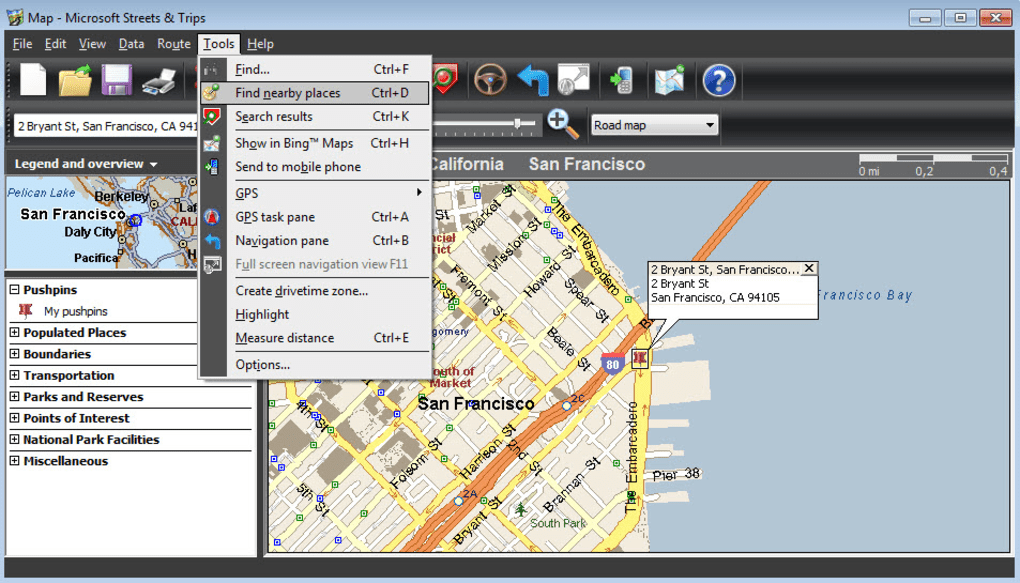

Martins School of Art, London, where he taught. For example, British conceptual artist John Latham contributed a report on an action he had taken at the St. Some pieces existed only as thoughts on paper one consisted of empty space another of stickers marking a large, low-income area of the city. The conceptual art show, "557,087," was curated by the now-acclaimed art historian Lucy Lippard, recruited from New York, and was a stark contrast to the visual richness and tactility of the World's Fair exhibitions. In 1969, a SAM support group, the Contemporary Art Council, used a Century 21 building that had been acquired by the museum after the fair, as well as other sites around the city, to present an exhibition of this work. Art that was performed once before a live audience, or was conceived by an artist but never produced. Art that needed acres, or was mailed on a postcard. This included land art, performance art, conceptual art, and installation art. Seattle residents in the market for modern, non-regional art made almost all of their purchases in New York, as many still do.īy the mid-1960s much of the art that was nationally prominent was non-commercial by design. Two galleries that exhibited important non-regional work - Zoë Dusanne's pioneering home-based gallery (1950-58) and Jinny Wright's Current Editions (1967-73) - were relatively short lived and unprofitable. Portland artists gravitated to Gordon Woodside (established in 1961) University of Washington professors showed with Francine Seders Gallery (who took over from Otto Seligman in 1966), while the professors' former students and Californians showed with Linda Farris (1969) Northwest School artists exhibited at Foster/White (1968). There were of course many strata in Seattle's art community.


She was at the top of the upper stratum of Seattle society. Jinny Wright was, until her death in 2020, overwhelmingly influential in bringing contemporary art to regional attention through collecting, donating, lending, advising, and serving. Only two Northwest collections were lenders - Seattle Art Museum (SAM) loaned Tobey's "Serpentine" (1955), and Virginia (Jinny) and Bagley Wright loaned Jackson Pollock's "Moon Vibrations" (1953). Mark Tobey and Morris Graves, the most significant regional artists with national coverage, were represented. Loans to the American section of the exhibition came from well-established New York galleries, and national collectors and institutions. It is generally accepted that New York became the international center of twentieth century art creation and sales in the wake of World War II. If you'd exited the Seattle Art Museum during the 1962 Century 21 World's Fair, the camels would still be framing the doorway, but in the distance, over the reservoir, down the hill, and across the city, you'd see the Space Needle, Seattle's celebration of the future, backed by the Olympic Mountains. The Fair included three major art exhibitions - "Masterpieces of Art," mostly European painting before 1900 "Northwest Art Today: Adventures in Art," which demonstrated that regional artists (if not the public) were at ease with abstraction and "Art Since 1950," usually considered the region's first major public exposure to recent work created in America (almost exclusively in New York), and Europe. New York's Metropolitan Museum of Art, for example, was founded in 1870, when Seattle barely had paved streets. Seattle was a young city, officially founded in 1853, and lacked the collections of American and European art that had been and were being amassed by the wealthy in older and richer Eastern and Midwestern states. Inside you'd see remarkable examples of Asian art from the founding director's private collection, photographic reproductions of European art, and perhaps an exhibit of paintings from the Northwest Annual, Northwest Watercolor Society, or Women Painters of Washington. To enter the new Seattle Art Museum when it was built in the 1930s, you'd have walked between a monumental pair of Ming Dynasty seated stone camels and through doors with Art Deco metalwork. In this original essay, historian Vicki Halper surveys the city's burgeoning art community in the years following the 1962 World's Fair and explores the influential role played by women such as Virginia Wright, Lucy Lippard, Anne Focke, Anne Gerber, and Zoë Dusanne in fostering the region's widespread appreciation for modern art. Seattle is home to myriad art galleries and art museums, but it wasn't always so.


 0 kommentar(er)
0 kommentar(er)
